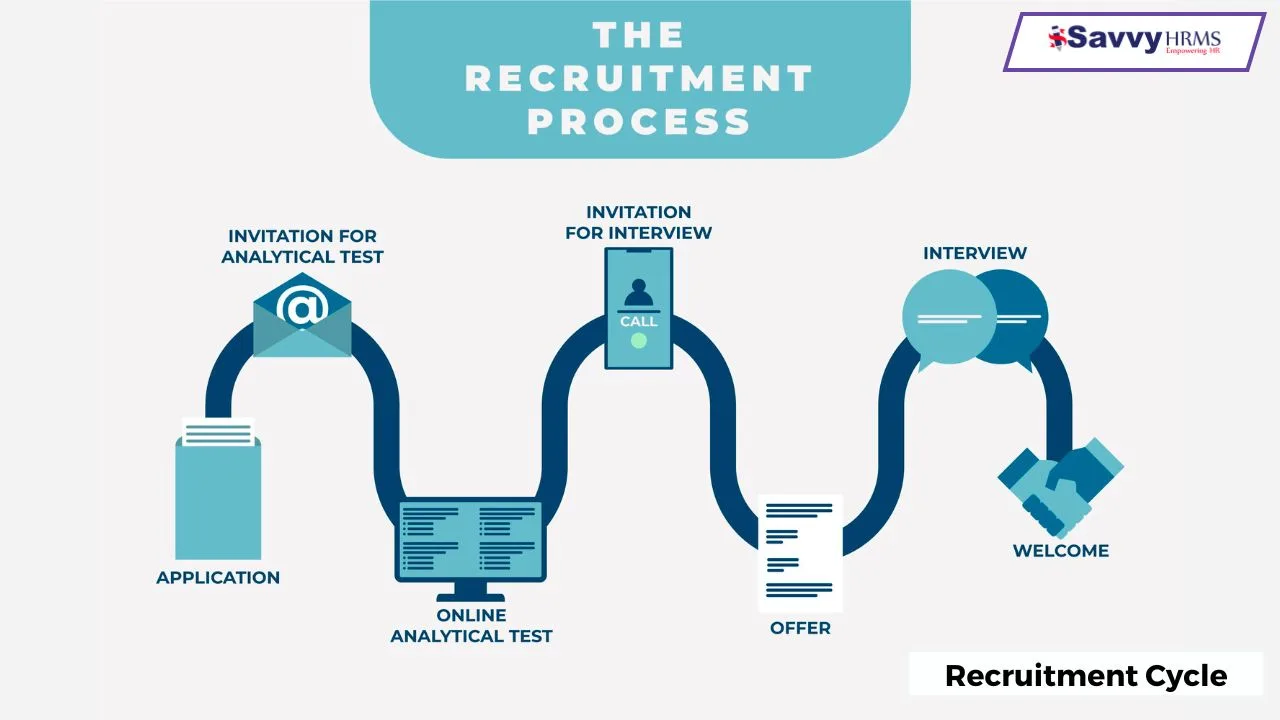Performance appraisal is said to be a significant component of human resource management. It serves to measure the efficiency and productivity of the employees And contributions toward the organization for performance appraisal methods and techniques. A sound performance appraisal system therefore works to ensure fairness. It also serves as motivation by aligning the employees’ aspirations with the goals of the organization.
What is Performance Appraisal?
Performance appraisal has developed as a formal procedure. Under this appraisers assess the work performance of employees against preset standards. Through evaluation, organizations can manage aspects requiring improvement. Identify top performers, and work on developing the HR strategy.
Why is Performance Appraisal Important?
- Enhances employee performance
- Identifies strengths and weaknesses
- Helps in promotions and salary increments
- Motivates employees through feedback
- Improves organizational productivity
Traditional Performance Appraisal Methods
1. Ranking Method
Employee performance determines a ranking system. Where staff receive positions from top to bottom as part of a basic appraisal method. Small teams benefit from this technique although it generates unfavorable competitive dynamics.
2. Graphic Rating Scale (GRS)
Leaders use the Graphic Rating Scale as a common performance appraisal methods and techniques system. They use it to evaluate employee attributes. Such as work quality alongside communication abilities along with teamwork performance. A set series of ratings that begin at ‘poor’. Progress to ‘excellent’ comprise the measurement scale.
3. Paired Comparison Method
Each employee gets compared to another employee under this procedure. The superior performer receives a higher assessment score in this method. The process works well although it needs extended time. To manage organizations with many employees.
4. Critical Incident Method
The critical incident method identifies particular instances. Where staff exhibit outstanding or subpar work behavior. This procedure delivers specific information to rate performers. Yet fails to measure comprehensive work performance.
5. Essay Method
The managers prepare detailed explanations about employee performance outcomes together. Consisting of both their strong points and room for development.
6. Confidential Report System
Supervisors from government organizations classify employee performance assessments as confidential through this approach. The appraisal technique suffers from hidden biases because of its lack of openness.
Modern Performance Appraisal Techniques
1. Management by Objectives (MBO)
MBO is a performance evaluation approach where managers work jointly with employees. This creates specific objectives that can be quantified. The organization examines employee success through the accomplishment of predefined targets. The technique helps motivate workers and directs them toward organizational targets.
2. 360-Degree Feedback
Multiple sources of feedback collection include supervisors, peers, and subordinates. Adding customers together in this method. It delivers a full understanding of employee qualities and shortcomings. Which makes it a highly dependable method for performance evaluation.
3. Behaviorally Anchored Rating Scales (BARS)
BARS provides organizations with an advanced performance review structure. This uses concrete employee behavior illustrations to determine ratings during employee assessments. Using this technique prevents bias so evaluations become more equitable.
4. Assessment Centers
Employees undergo simulated scenarios together with case-study assessments and practical exercises. This assesses their leadership abilities, decision-making skills, and problem-solving aptitude. The method serves as an effective tool for leadership advancement and employee promotions.
5. Psychological Appraisals
Organizations evaluate employee personality traits, leadership potential, and emotional intelligence. The assessment process contributes to executive decision-making within employee selection and development processes.
6 Checklist and Weighted Checklist Method
Performance evaluation of employees requires supervisors to follow a standardized set of indicators. Computerized checklists achieve greater accuracy. By giving specific point values to individual evaluation elements.
7. Human Resource Accounting Method
Through this methodology, organizations track employee financial worth. The approach analyzes employee retention expenses against their projected business worth.
Choosing the Right Performance Appraisal Method
Choosing a proper performance appraisal method depends on several factors. The size of the organization, the industry it pertains to, and organizational goals. Some focal points include:
Culture of the Organization: Some prefer goal-based appraisal (MBO) methods. While others prefer employee feedback (push-pull voting 360).
Employee Role: Which appraisal method differs depending on the job requirements? An objective approach may work for sales. Whereas a creative type of appraisal may be necessary for creative jobs.
Resources Available: Some methods involve the assessment of the participant for huge sums. While others like a graphic rating scale keep costs low.
Openness and Fairness: The methods chosen must minimize bias while encouraging accurate feedback.
Best Practices on Effectiveness of Performance Appraisal
Here are some best practices to make the performance appraisal work effectively:
Clear Objectives: Employees must be aware of what is being expected from them.
Multiple Appraisal Methods Used: A combination of traditional and non-traditional techniques. That provides you with a rounded evaluation.
Feedback Should not be an Annual Event: Appraisal is a continuous process. Provide constant feedback to improve employee competence.
Openness: Share evaluation criteria to avoid misunderstandings.
Self-Assessment Encouragement: Involving employees in self-evaluation increases engagement.
Training Managers on Appraisal Techniques: To perform properly and constructively. Managers must have an understanding and training on the evaluation process.
Conclusion
Performance appraisal is an effective tool that every organization can use. They can give it a try to maximize its human resources. Performance appraisal methods assist in elevating productivity & employee satisfaction. Therefore, performance appraisal must be fair, accurate, and constructive. Whether using old-ranking traditions or contemporary 360-degree feedback.
Once the functioning of a performance appraisal is fine-tuned. The decision-making system becomes a favorable climate for work. Where employees feel important and appreciated to give their best. Select the best way for your setting, and watch your people shine!
FAQs
What is performance appraisal?
Performance appraisal methods and techniques are an organized evaluation of the work performance of employees. Based on established criteria that can ensure productivity and decision-making efficacy.
Why is performance appraisal necessary?
The evaluation process reveals employees’ key attributes together with their developmental needs. And qualified positions for advancement as well as increased payment and motivational support.
How does 360-degree feedback work?
The evaluation collects feedback across different levels including employees at all ranks. As well as their direct reports and their stakeholders.
The concept of Management by Objectives (MBO) refers to which system?
MBO stands for Management by Objectives in appraisal methodology. Which establishes quantifiable performance goals between managers and employees.
What is the most suitable approach to evaluate work performance?
A company should select its performance appraisal method based on organizational goals. Which should be combined with cultural needs. And with the specific job roles. Using multiple techniques at once leads to superior outcome results.
To what extent do performance appraisal techniques enhance the work-related results of employees?
Constructive feedback combined with agreed-upon goals. And, balanced performance evaluations will keep workers enthusiastic toward organizational targets.
How frequently should companies conduct their performance appraisal sessions?
Performance evaluations performed annually exist frequently. But, periodic feedback exchanges (held quarterly or monthly) enhance their effectiveness.




